|
This Double-crested Cormorant head portrait was created with the tripod-mounted Canon EF 600mm f/4L IS II USM lens, the Canon 2x EF Extender III (Teleconverter), and the Canon EOS-1D X Digital SLR camera. ISO 400. Evaluative metering +2/3 stop: 1/500 sec. at f/8 in Manual Mode. Central sensor (by necessity) Expand/AI Servo/Rear Focus AF on base of the bird’s bill active at the moment of exposure. Click here if you missed the Rear Focus Tutorial. Click on the image to see a larger version. You cannot beat the 600II/2XIII TC combo for reach (with phase detection AF). |
Poor Conditions/Great Photography
Fort Desoto this morning. Cold. Blustery winds from the north increasing in velocity and switching to the northwest. Mixed sun and clouds. That was the weather not the forecast. I knew just where the birds would be and went directly there. Created 410 images. Kept 43. Processed none so far…. See more on that below.
|
This Marbled Godwit with American Oystercatcher in the background image was created with the tripod-mounted Canon EF 600mm f/4L IS II USM lens, the Canon 2x EF Extender III (Teleconverter), and the Canon EOS-1D X Digital SLR camera. ISO 400. Evaluative metering +1/3 stop as framed was a bit of an underexposure as the sun slipped behind a cloud: 1/640 sec. at f/8 in Manual Mode. Central sensor (by necessity) Expand/AI Servo/Rear Focus AF on base of the bird’s upper breast active at the moment of exposure. Click here if you missed the Rear Focus Tutorial. Click on the image to see a larger version. You cannot beat the 600II/2XIII TC combo for reach (with phase detection AF). |
New Concept 10 Out-of Camera Images Blog Post
As I need to get this posted soon in hopes of having one or two folks join me in the morning I decided to post ten unprocessed images here. Each was created via my JPEG action from the extracted JPEG. With the image above I am not crazy about the position of the oystercatcher but I love the ruffled feathers of the godwit.
|
This image was created while seated behind the tripod-mounted Canon EF 600mm f/4L IS II USM lens, the Canon 1.4x EF tele-extender III, and the Canon EOS-1D X. ISO 400. Evaluative metering +2/3 stop as framed in soft light: 1/1250 sec. at f/6.3 in Manual mode. Central sensor Surround/AI Servo/Rear Focus AF on the bird’s upper breast active at the moment of exposure. Click here if you missed the Rear Focus Tutorial. Click on the image to see a larger version. |
Scratching Birds
When photographing scratching birds always opt for more shutter speed and less depth of field to ensure stopping the action.
|
This image was created while seated behind the tripod-mounted Canon EF 600mm f/4L IS II USM lens, the Canon 1.4x EF tele-extender III, and the Canon EOS-1D X. ISO 400. Evaluative metering +1/3 stop as framed in soft light: 1/2000 sec. at f/6.3 in Manual mode. Central sensor Surround/AI Servo/Rear Focus AF on the bird’s upper breast active at the moment of exposure. Click here if you missed the Rear Focus Tutorial. Click on the image to see a larger version. |
Manual Mode Exposure Lesson
This image was made moments after the scratching Marbled Godwit image immediately above. As this Laughing Gull has bright white on it’s breast I simply went two clicks higher on the shutter speed to make sure that I did not burn the highlights.
|
This image was also created while seated behind the tripod-mounted Canon EF 600mm f/4L IS II USM lens, the Canon 1.4x EF tele-extender III, and the Canon EOS-1D X. ISO 400. Back to the godwit exposure: Evaluative metering +2/3 stop as framed in soft light: 1/1250 sec. at f/6.3 in Manual mode. Central sensor Surround/AI Servo/Rear Focus AF on the side of the bird’s lower neck active at the moment of exposure. Click here if you missed the Rear Focus Tutorial. Click on the image to see a larger version. |
Lots of Missed Lessons & A Question
There was a disjointed group of about 10 Brits who came to enjoy warm and sunny Florida. Not…. On the whole they had pretty good gear for Brits: mostly 300 f/2.8s and a 500 or two. But most of them had no clue. I had to shout out to two of them who were about to walk right through the middle of the flock. They kindly detoured. Their biggest mistakes: working well off sun angle. Failing to get as close as they could have.
All those who did not join me this morning missed a great learning opportunity as the light was changing from minute to minute…. Most of the morning was about getting low and isolating the subject.
How will I deal with the white reflection in the upper left corner during post processing?
|
This image was created while seated behind the tripod-mounted Canon EF 600mm f/4L IS II USM lens, the Canon 1.4x EF tele-extender III, and the Canon EOS-1D X. ISO 400. The sun brightened a bit/Evaluative metering +2/3 stop worked out to 1/600 sec. at f/6.3 in Manual mode. Central sensor Surround/AI Servo/Rear Focus AF on the edge of the bird’s breast active at the moment of exposure. Click here if you missed the Rear Focus Tutorial. Click on the image to see a larger version. |
The Good and the Bad
I love the bird’s super-alert posture just before the flock took flight. What do I not like about this image?
|
This image was created while seated behind the tripod-mounted Canon EF 600mm f/4L IS II USM lens, the Canon 1.4x EF tele-extender III, and the Canon EOS-1D X. ISO 400. Evaluative metering +1/3 stop as framed : 1/2000 sec. at f/7.1 in Manual mode. The sun had gotten a lot brighter here. One sensor right of central sensor Surround/AI Servo/Rear Focus AF on the base of the bird’s bill active at the moment of exposure. Click here if you missed the Rear Focus Tutorial. Click on the image to see a larger version. |
Miscellaneous Stuff
Not sure what the prey item here was but both the godwits and the oystercatchers were chowing down on them. Any clues?
Images like this are much more possible with the amazing frame rate of the 1D X. Unlike most other cameras that I have used, the frame rate does not seem to slow down when you are in AI Servo AF….
|
This image was created while lying flat on the ground behind the tripod-mounted (legs fully splayed) Canon EF 600mm f/4L IS II USM lens, the Canon 1.4x EF tele-extender III, and the Canon EOS-1D X. ISO 400. Evaluative metering at zero: 1/2000 sec. at f/8 in Manual mode. Four sensors to the right of the central sensor Surround/AI Servo/Rear Focus AF on the bird’s lower neck active at the moment of exposure was needed to fit the bird into the frame. Click here if you missed the Rear Focus Tutorial. Click on the image to see a larger version. |
Standard ISO 400/Bright White/Full Sun Exposure.
1/2000 sec. at f/8 is my standard ISO 400/bright white/full sun exposure. On some clear mornings you may need to go to 1/2500 sec. at f/8. Rarely darker. It is always your responsibililty to check for blinkies.
|
This sleeping Royal Tern head portrait was created with the tripod-mounted Canon EF 600mm f/4L IS II USM lens, the Canon 2x EF Extender III (Teleconverter), and the Canon EOS-1D X Digital SLR camera. ISO 400. Evaluative metering +1/3 stop as framed: 1/2000 sec. at f/9 in Manual Mode. Central sensor (by necessity) Expand/AI Servo/Rear Focus AF on base of the bird’s bill active at the moment of exposure. Click here if you missed the Rear Focus Tutorial. Click on the image to see a larger version. You cannot beat the 600II/2XIII TC combo for reach (with phase detection AF). |
Super Bright Whites
Here I made one image at 1/2000 sec. at f/8, checked for blinkies, and saw that I needed to go 1/3 stop darker. So I did.
|
This tight Marbled Godwit head portrait was created with the tripod-mounted Canon EF 600mm f/4L IS II USM lens, the Canon 2x EF Extender III (Teleconverter), and the Canon EOS-1D X Digital SLR camera. ISO 400. Evaluative metering +q q/3 stops: 1/200 sec. at f/11 in Manual Mode. Central sensor (by necessity) Expand/AI Servo/Rear Focus AF on base of the bird’s bill one inch from the head active at the moment of exposure. Click here if you missed the Rear Focus Tutorial. Click on the image to see a larger version. You cannot beat the 600II/2XIII TC combo for reach (with phase detection AF). |
Changing Light
Two minutes after I needed my super bright white exposure a big cloud came over the sun so I went to +1 1/3 as framed. I went to f/11 as depth of field at point blank range is measured in tiny fractions of an inch if that.
Which is the Best Image Here?
My strong belief is that one of the ten images above clearly stands out as the best of the morning. Which is it? And why?
Though these were my ten favorite images from the morning please note that all of the exposures are pretty darned good right out of camera and that only one or two require anything fancy in Photoshop.
Tomorrow Morning
Imagine how much you could learn if you are able to join me in the morning. See here for up to the minute details.
|
Images courtesy of and copyright 2012: Bill Mueller. Card design by Denise Ippolito. |
Old Car City Creative Photography In-the-Field HDR Workshop: Sunday, October 13, 2013/ 9am till 1pm.
White, Georgia: $250 plus a $15 entrance fee donation (cash only on the day of the event) that will go to charity. Limit: 16 photographers.
On October 13, 2013, Arthur Morris/BIRDS AS ART and Denise Ippolito/A Creative Adventure will be conducting an In-the-Field HDR Workshop at Old Car City in White, Georgia. Old Car City is about an hour north of Atlanta, GA and an hour south of Chattanooga, TN where they will, as noted above, be doing a full day seminar for the Photographic Society of Chattanooga on Saturday, October 12th. Click here for complete details.
Fort Desoto/Hooptie Deux–Roseate Spoonbill Short Notice IPT
The 2nd New Concept IPT: the Fort Desoto/Hooptie Deux–Roseate Spoonbill Short Notice IPT/April 3-7, 2013/5 DAYS: $2399. Strict limit: six photographers/ openings 5. Early April can be superb at Alafia Banks. Early April is almost always superb at Fort DeSoto. Click here for complete details.
With only a single registrant, this one is shaping up to be a practically private affair and represents an amazing opportunity for you to grow as a photographer.
Typos
On all blog posts, feel free to e-mail or leave a comment regarding any typos, wrong words, misspellings, omissions, or grammatical errors. Just be right. 🙂
Support the BAA Blog. Support the BAA Bulletins: Shop B&H here!
We want and need to keep providing you with the latest free information, photography and Photoshop lessons, and all manner of related information. Show your appreciation by making your purchases immediately after clicking on any of our B&H or Amazon Affiliate links in this blog post. Remember, B&H ain’t just photography!

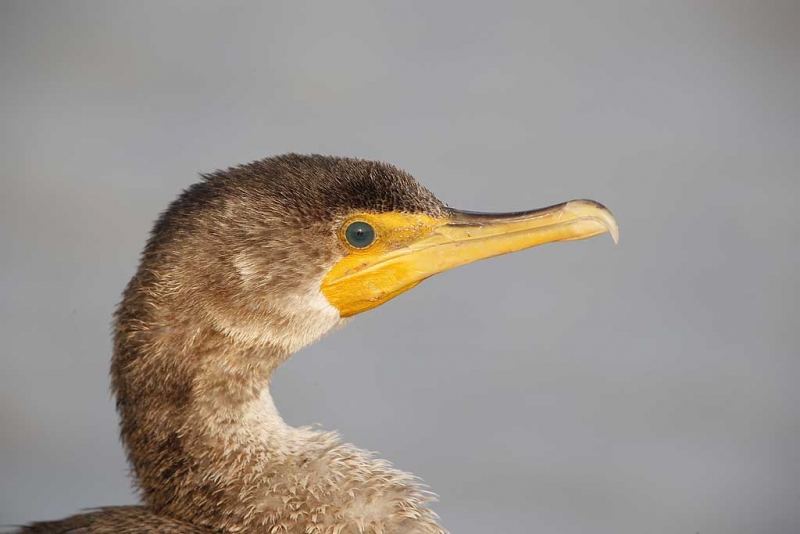
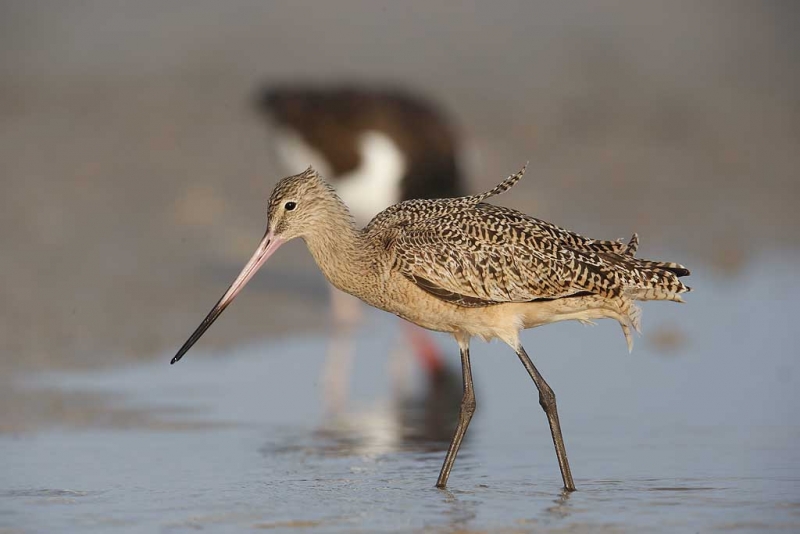
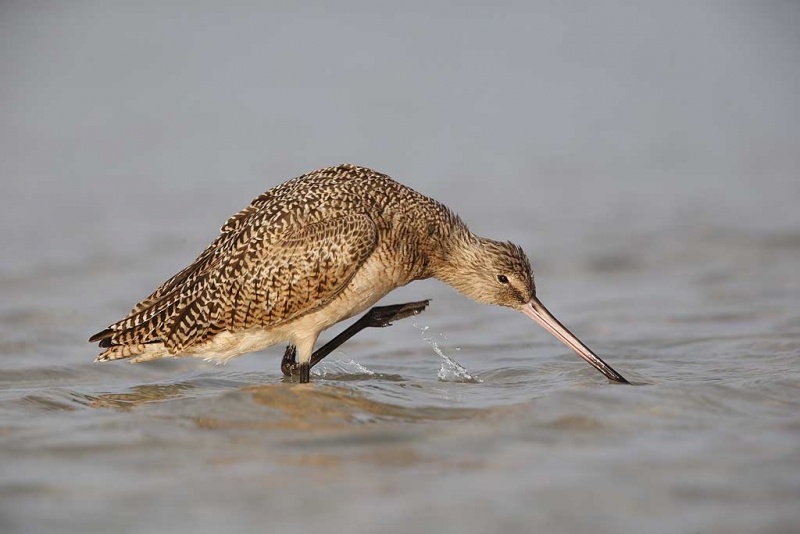

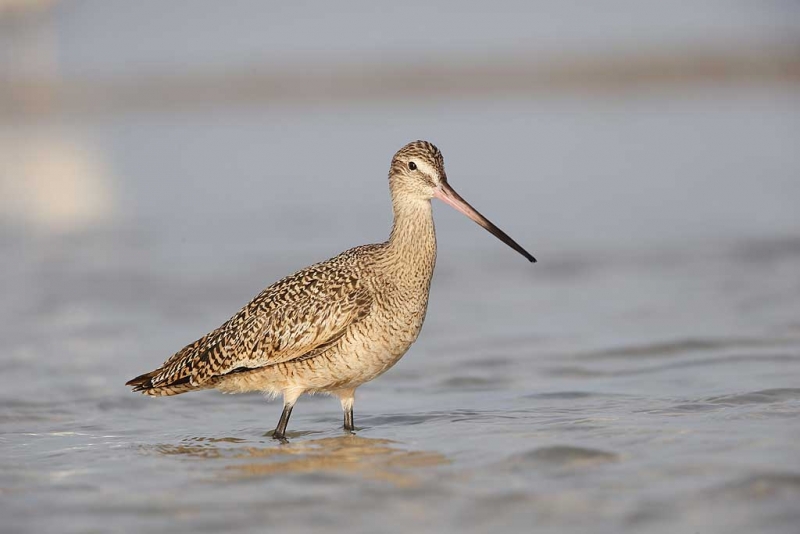
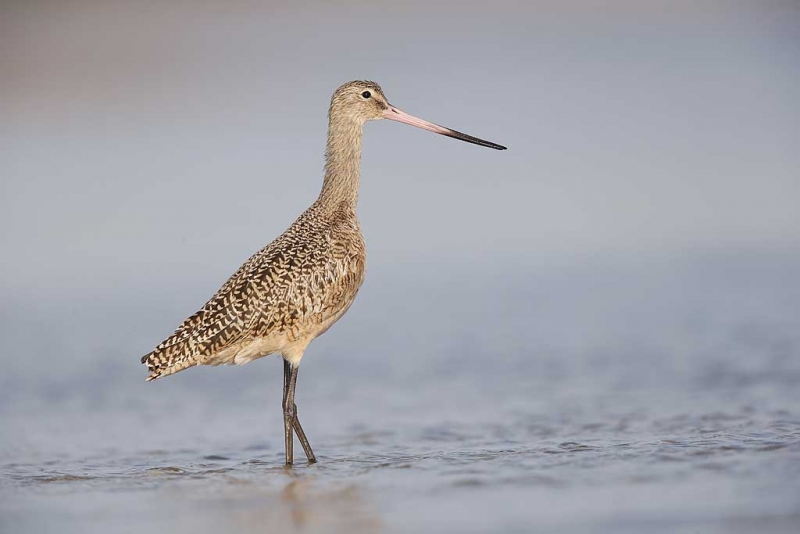
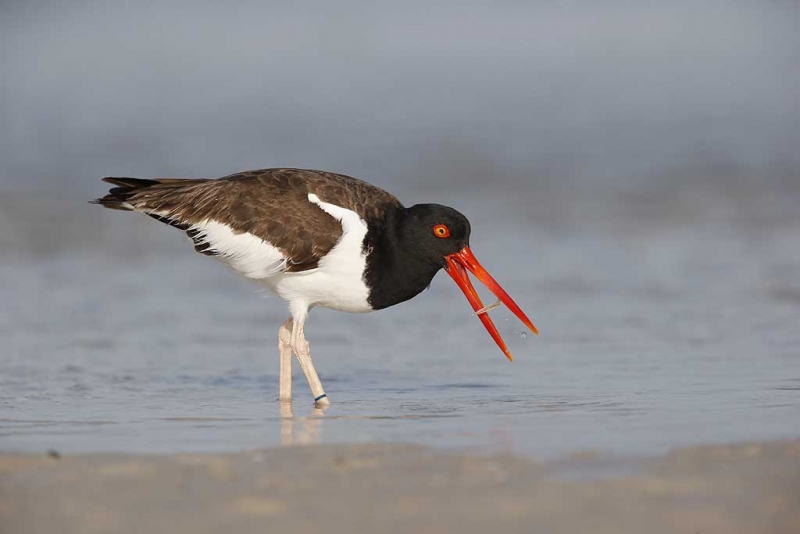
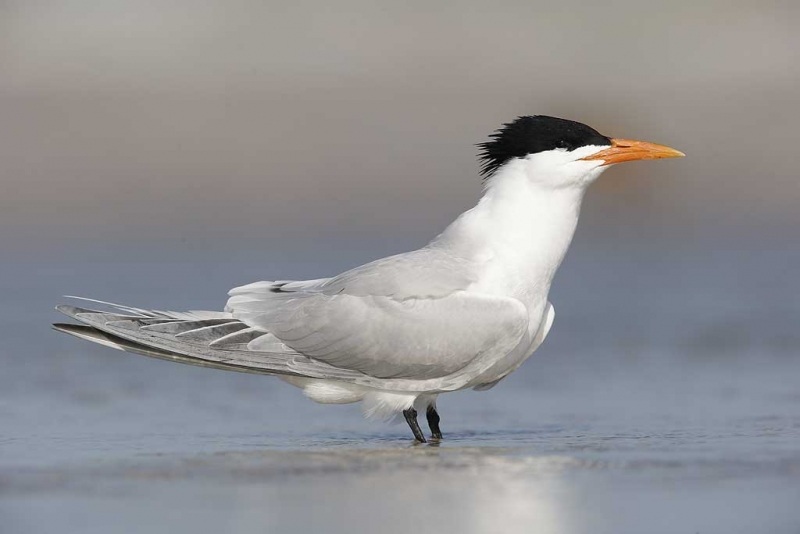
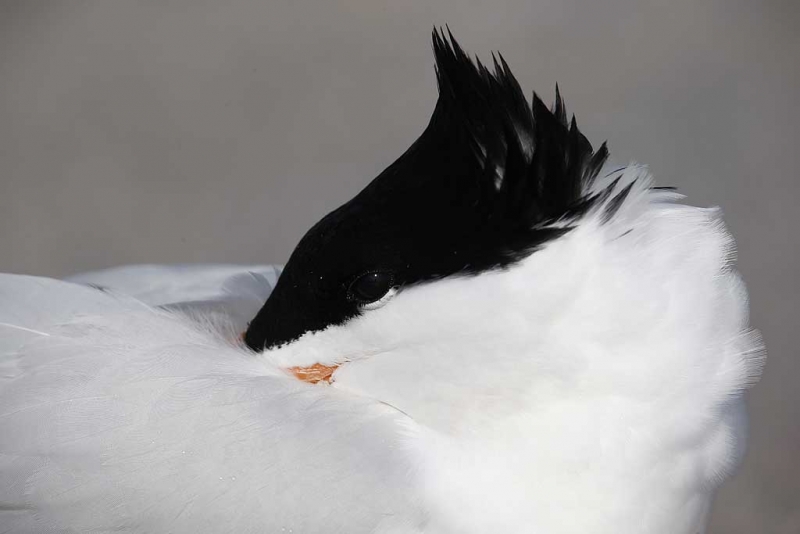
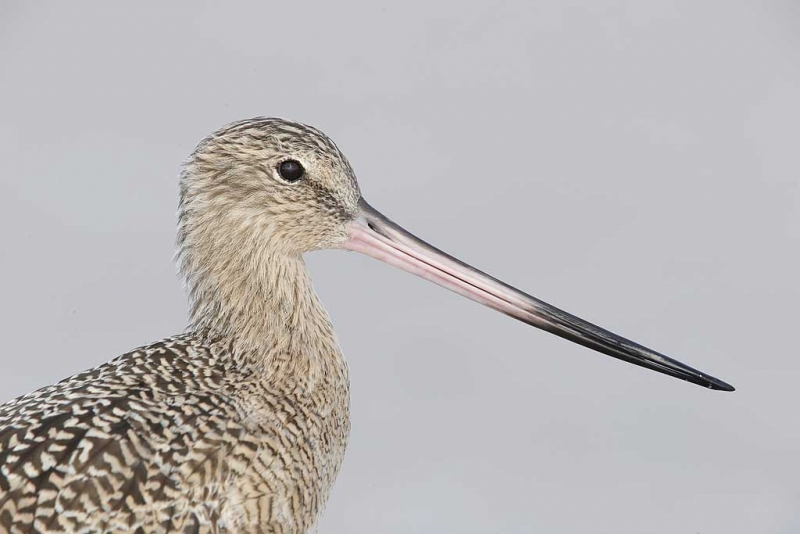
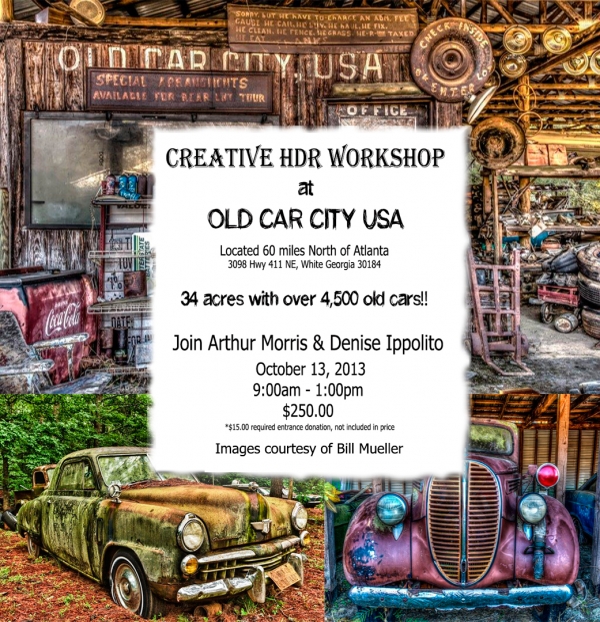













I believe the prey item is a lancelet.
Thanks Lorraine. The prey item in the photo and the others that I saw being consumed do not look like any of the photos that I saw online but they are the right size and they do resemble the diagrams. I am thinking that the creature, whatever it is, might very well be a vertebrate…
Hello from snowy England.
Great shots as always and the blogs are always informative.
Shame about the shot of the Godwit with the Oystcatcher in the background, it would have been my favourite.
So I think the shot of the scratching Godwit takes top spot for me, closely followed by the feeding Oystercatcher.
Do you ever hold workshops in the UK ?
If not, can you recommend anyone over here ?
Thank you.
Cheers. And thanks. Agree. If the oystercatcher had been well to the left it would have been a lot better. Never in the UK but you missed out on this year’s Holland trips. Maybe I will get back to Greecce for the Dalmatian Pelicans one of these years….. Also, I may do a puffin trip to the UK next summer so keep your eyes on the blog and the Bulletins. artie
Upper left light reflection removal–clone right of reflection with medium size soft brush at 50% or less repeatedly until you get desired look.
What you don’t like about erect bird–his neck fades into background…there needs to be more contrast at edges of neck as in the previous picture.
Identification of tidbit–no idea.
Best shot–without a doubt the scratch and splash action.
As always you’ve massaged my brain nicely! Thanks! 😉
I definitly agree with Brian E. Small (Love your work by the way Brian), The Oystercatcher is certianly “the 1 of te 10 that clearly stands out”. With a little of your usual cleanup and processing this is a Jem of Shot, just Fantastic work. As for the Alert Godwit I’m guessing it’s the head angle you don’t like.
By the way I’m really liking your lessons lately in manual mode, and the quizzes, ect. Very insightful. The hard work you put into your blogs and bullitens is beyond appreciated by so many. Your Teachings go far beyond invaluable and I can’t thank you enough in helping all of us in the constant and never ending improvement of bird photography. Thank you Artie!
You mentioned ‘what you didn’t like’ about the Oystercatcher.
That’s a toughie.
I’ll take a shot here and say the foreground
that was included because you were seated?
Doug
Sorry…thought you were talking about the Oystercatcher.
If it was the Godwit above, it might be the angle. Kind
of looks like he was going up the beach since you were
a little behind it. Maybe a little canvas rotation?
Doug
O.K., I’ll join in just for fun. Far and away the feeding oystercatcher is the best image of the 10. Other than the scratching godwit it’s the only image with action. All the others while nice, are simple portraits and are pretty similar to each other (headshot or not). The oystercatcher depicts a real “natural history” moment showing feeding behavior along with the birds choice of prey item. It also shows most of the birds legs whereas the scratching godwit is in deeper water which is less desirable IMHO. The oystercatcher is more colorful and a bit more interesting to my eye. Finally, the open bill of the oystercatcher gives the bird a more lively, expressive look that none of the others show. My two cents……….take it for what it’s worth.
There was an oystercatcher at Nickerson that had fishing line wrapped around its leg – photographed it there many times. Really makes me wish there was a way to help birds like this.
I heard about that bird. This bird did not seem at all distressed but the blue tread thingie was still around its leg on Tuesday afternoon when it was very cold.
I was at Venice rookery this morning and about froze to death myself. My pick is the oyster catcher. Great shot at a great moment. I also just love oyster catchers.
ps: the thing on the oystercatcher’s leg was a thin blue band of plastic or mylar, possible from one of those balloons…
In my opinion, the tight head portrait of the Marbled Godwit is the best image – it is clean, simple, and the long bill makes a great leading line. Beautiful bird and nice work!
My second favorite would be the sleeping tern.
“There biggest mistakes: working well of sun angle.” – A spelling error and typo: “Their” and “well off sun”.
“What do I not like about this image?” – Even though I know better, the bright yellow headlines make me think the text is for the photo below. I think what you don’t like about the Godwit is the slightly turned away head angle. I first thought you were talking about not liking the dark ring on the Oystercatcher’s leg – a band or bit of grass?
“This tight Marbled Godwith head head portrait” = me thinks Artie needs a nap.
My vote for the best is the Tern below “Miscellaneous Stuff”.
Thanks for catching the typos. And yes, it was a good nap. Now it is back to Desoto. Am looking forward to seeing you and Pat in Amsterdam soon!